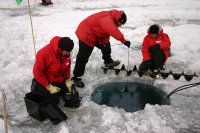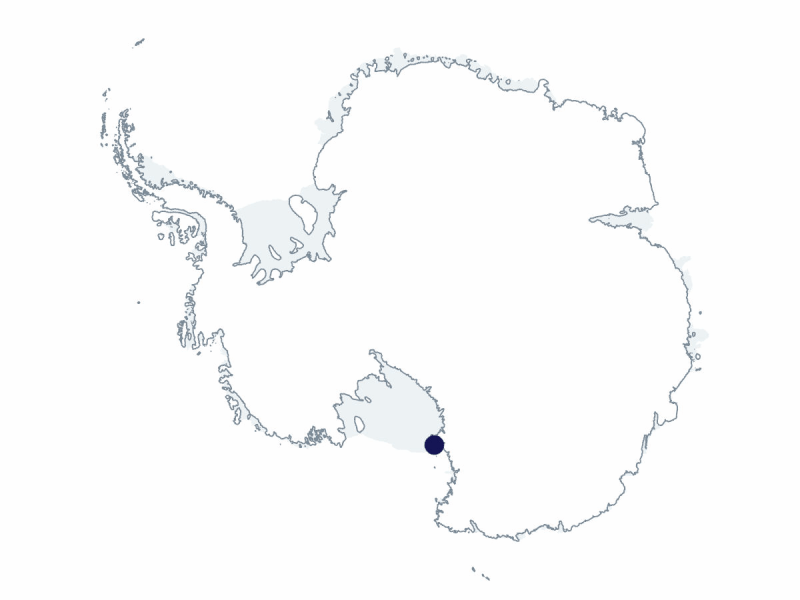2025-2026 USAP Field Season
Project Detail Project TitleMCM-LTER: MCM6: The Roles of Legacy and Ecological Connectivity in a Polar Desert Ecosystem Summary
Event Number:
Program Director:
ASC POC/Implementer: Principal Investigator(s)
Dr. Cristina Danielle Takacs-Vesbach
Project Web Site: Location
Supporting Stations: McMurdo Station DescriptionIn this iteration of the McMurdo Long-Term Ecological Research (MCM-LTER) project (MCM6), the team will test ecological connectivity and stability theory in a system subject to strong physical drivers (e.g., geological legacies, extreme seasonality, contemporary climate change) and driven by microbial organisms. The team hypothesizes that the structure and functioning of the McMurdo Dry Valleys ecosystem depends on legacies and the contemporary frequency, duration, and magnitude of ecological connectivity. This hypothesis will be tested with new and continuing monitoring, experiments, and analyses of long-term datasets to examine (1) the stability of these ecosystems as reflected by sentinel taxa; (2) the relationship between ecological legacies and ecosystem resilience; (3) the importance of material carryover during periods of low connectivity to maintaining biological activity and community stability; and (4) how changes in disturbance dynamics disrupt ecological cycles through the polar night. Tests of these hypotheses will occur in field and modeling activities using new and existing long-term datasets. Field Season OverviewFive participants will deploy on the Long-Term Ecological Research (LTER) limno team between mid-October and mid-February. The team will rotate among Lake Fryxell, Lake Hoare, and Lake Bonney camps, conducting two to three rounds of limno runs. Antarctic Support Contract carpentry staff will set up Polarhavens on the ice of Lake Fryxell, Lake Bonney, and Lake Hoare for the team to work from, and the team will melt holes in the ice to access the water column. The team will also make day trips to other lakes in the Dry Valleys (e.g., lakes Miers, Vanda, Joyce, Trough, and Vida) to collect samples. Between each limno run, the team will return to Crary Lab to process samples. Deploying Team Members
|
2025-2026 Science Planning Summary



For USAP Participants |
For The Public |
For Researchers and EducatorsContact UsU.S. National Science FoundationOffice of Polar Programs Geosciences Directorate 2415 Eisenhower Avenue, Suite W7100 Alexandria, VA 22314 Sign up for the NSF Office of Polar Programs newsletter and events. Feedback Form |


